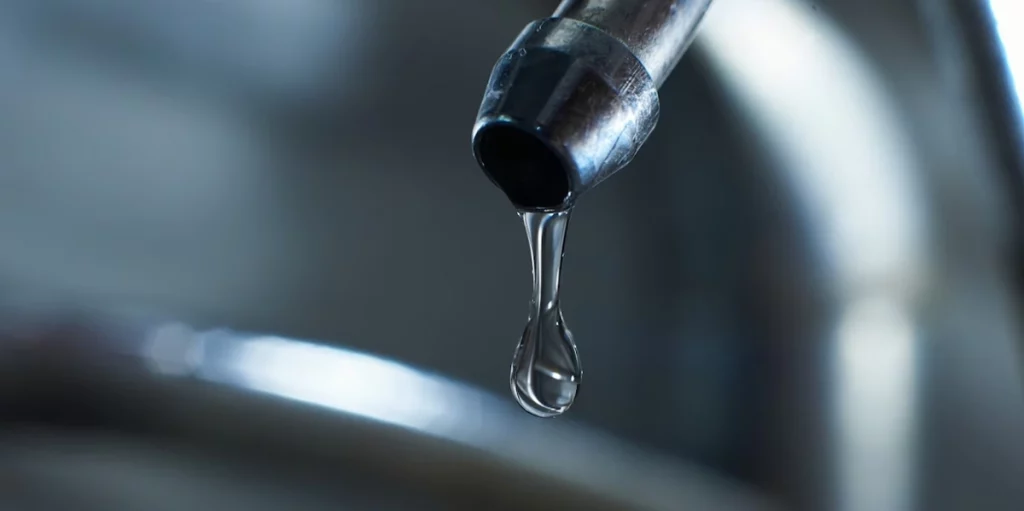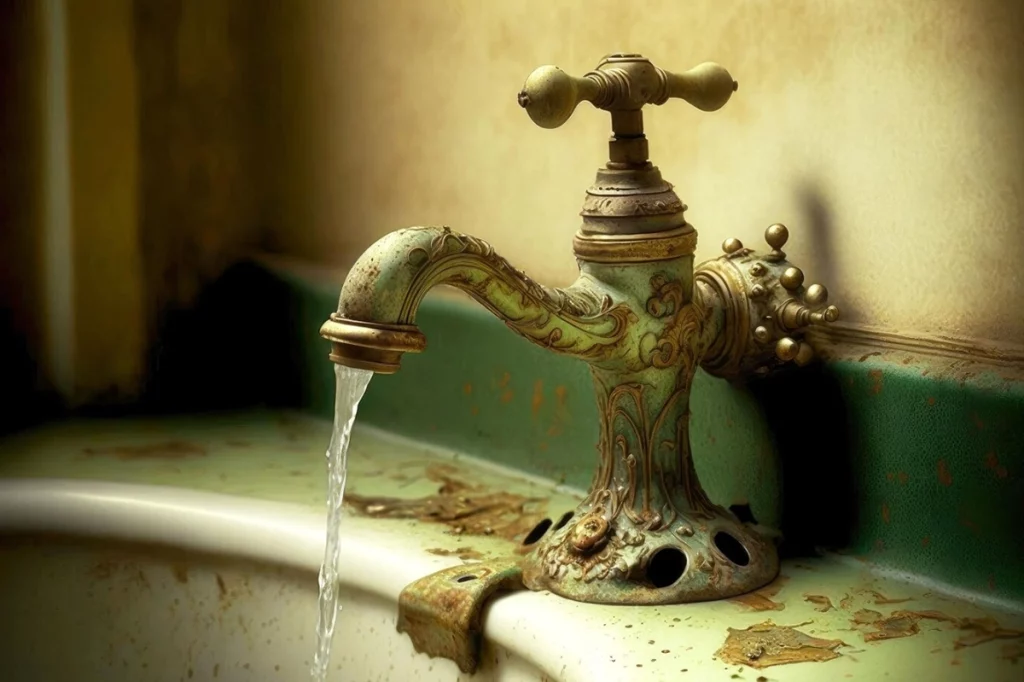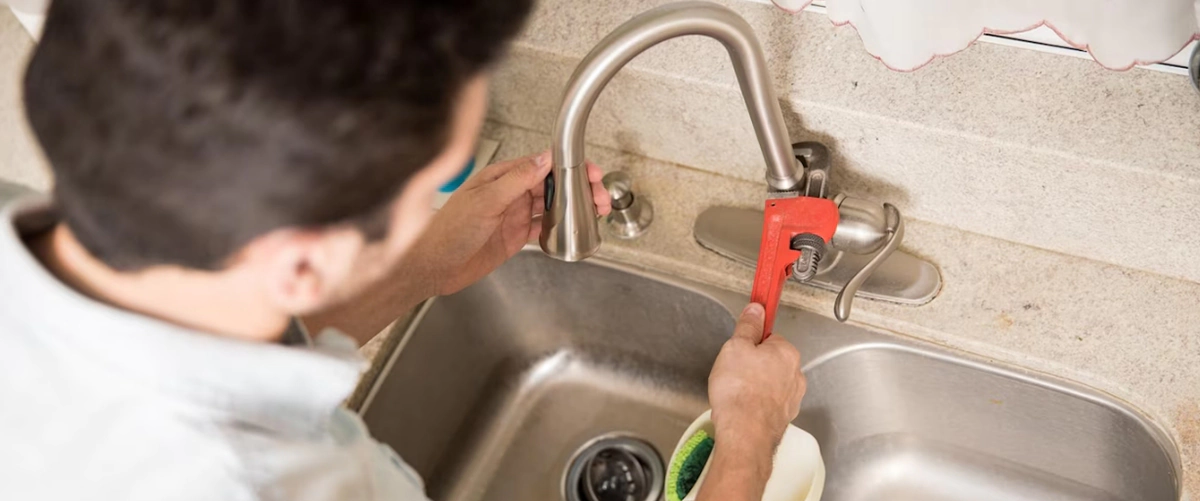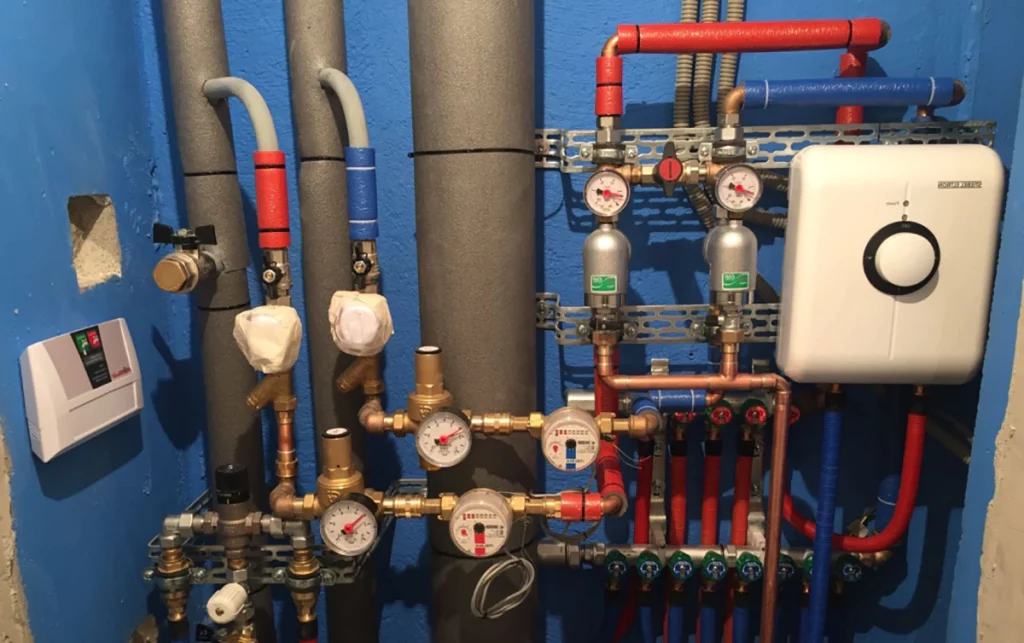A well-functioning faucet is an integral part of our daily lives, from washing dishes to brushing teeth. But like all things, faucets can wear down over time and show signs of needing repair. Recognizing these signs early can save you time, money, and prevent bigger plumbing problems. Let’s delve into the signs that indicate your faucet is crying out for some TLC.
Contents
Recapitulation of Faucet Repair Signs
Faucets, as unassuming as they might seem, play a pivotal role in our households. They control the flow of water, ensure hygiene, and contribute to the overall aesthetics of our bathrooms and kitchens. However, over time, like all fixtures, they wear down and present various signs of malfunction. Recognizing these signs is crucial not just for functionality but also to prevent more extensive, and possibly more expensive, damage in the long run. Here’s a concise recapitulation of the key signs indicating your faucet might need some attention:
- Persistent Dripping: A continuous drip is not just annoying but also wasteful. This seemingly small issue can rack up water bills and waste a significant amount of water over time.
- Low Water Pressure: A weakened stream or inconsistent flow from your faucet might hint at internal blockages, possibly from mineral deposits or a malfunctioning valve.
- Rust and Mineral Deposits: If you notice discolored water, rust around your faucet, or white, crusty mineral deposits, it’s an indication of either water quality issues or an aging faucet.
- Unusual Noises: Sounds like squeaking, knocking, or whining when you turn the faucet on or off can be due to worn-out internal components or even issues with water pressure.
- Leaky Handles: If water pools around the handles or if they consistently feel damp, there’s likely a leak. This can arise from damaged seals, O-rings, or other components.
- Difficulty in Operation: If your faucet handle becomes challenging to turn or doesn’t move smoothly, the internal mechanisms might be corroded or worn out.
In essence, the earlier you recognize and address these signs, the better. Not only does it keep your faucet functioning optimally, but it also prevents potential water damage to your home. Remember, a little vigilance goes a long way in home maintenance!
Recognizing Faucet Issues Early
Catching a problem in its infancy stage can save a lot of hassles later. Some faucet issues might appear minor but can escalate if not addressed promptly. By being vigilant and observant, you can prevent minor annoyances from becoming significant issues.
Faucets are often the unsung heroes of our homes. They provide us with access to water for cooking, cleaning, and personal hygiene. Over time, however, even the most robust faucet can begin to show signs of wear and tear. Recognizing these early warning signs can be the difference between a quick fix and a costly repair. Let’s explore the importance of early detection and what to look out for.
Sign #1: Persistent Dripping
One of the most common, yet often ignored, signs is a dripping faucet. Not only can it be a nuisance (especially when you’re trying to sleep), but it also wastes water and can increase your utility bills.

Sign #2: Low Water Pressure
If the water trickles instead of flowing, there might be an issue. Low water pressure can indicate a blockage or an internal faucet problem that needs addressing.
Sign #3: Rust and Mineral Deposits
Noticing rust around your faucet or mineral deposits building up? This is a clear sign of water quality issues or aging fixtures that might require replacement.

Sign #4: Unusual Noises
If your faucet makes a squealing or knocking sound, it’s a red flag. These noises can indicate worn-out parts inside the faucet mechanism that need to be replaced.
Sign #5: Leaky Handles
If there’s water pooling around the handles or if they’re damp, it’s a sign of a leak which can be due to worn-out seals or other internal components.
Sign #6: Difficulty in Operation
If turning the faucet on or off becomes a Herculean task, it indicates wear and tear in the internal mechanisms, signaling that repairs or replacements might be in order.
Preventive Maintenance
Preventive maintenance is akin to the age-old adage: “An ounce of prevention is worth a pound of cure.” Whether it’s our health, our cars, or our homes, timely maintenance can prevent significant issues and expensive repairs down the line. Let’s delve into the essence of preventive maintenance, its benefits, and some practical steps to implement it.
Benefits of Preventive Maintenance
- Cost Savings: Although preventive maintenance might have some upfront costs, it often results in long-term savings. By catching and fixing minor problems early, you avoid more extensive repairs and replacements in the future.
- Extends Lifespan: Regularly maintained equipment or systems tend to have a longer operational life. For instance, routine oil changes can significantly extend the lifespan of a car’s engine.
- Ensures Efficiency: Maintenance ensures that systems and equipment run at peak efficiency. For instance, cleaning the air filters of an HVAC system ensures better airflow and reduced energy consumption.
- Safety: Preventive maintenance can also be a matter of safety. For example, routinely checking the brakes of a vehicle can prevent potential accidents.
Preventive maintenance is an investment in the future. It ensures that equipment and systems remain in peak condition, reduces long-term costs, and can provide peace of mind knowing that potential issues are kept at bay. As with many things in life, a little proactive care can go a long way.
Regular Checks for Faucet Health
Our faucets, often overlooked, play a pivotal role in our daily lives. They provide us with clean water for a myriad of tasks, from cooking and cleaning to personal hygiene. But, like every other home appliance or fixture, faucets too need care and attention to ensure their longevity and optimal performance. Instituting regular checks can help identify and address issues before they magnify. Here’s a guide to maintaining the health of your faucets through routine inspections.

Fix Leaky Faucet
A leaky faucet might seem like a small inconvenience, but the constant drip can waste substantial amounts of water over time and lead to inflated water bills. Moreover, it’s a sign that something isn’t quite right with your fixture. Here’s a guide to understanding and addressing that persistent leak in your faucet.
Steps to Fix a Leaky Faucet
- Shut Off the Water: Before you start, turn off the water supply to the faucet. This is usually done by turning a valve underneath the sink.
- Identify the Faucet Type: Faucets come in different types – compression, cartridge, ceramic disk, and ball type. Each has a unique mechanism, and understanding your faucet type can help you address the issue more effectively.
- Disassemble the Faucet: Using a screwdriver, remove the faucet handle. This will give you access to the parts inside. It might be helpful to lay the parts in order as you remove them, ensuring easy reassembly.
- Inspect the Parts: Once the faucet is disassembled, inspect each part. Look for signs of wear, corrosion, or damage.
- Replace Damaged Parts: Depending on the cause of the leak, replace the damaged part, whether it’s the washer, O-ring, or any other component.
- Reassemble the Faucet: Once you’ve replaced the necessary parts, reassemble the faucet in the reverse order you took it apart.
- Turn the Water Back On: Slowly turn the water supply back on and test the faucet to ensure the leak is fixed.
When to Call a Professional
While many faucet leaks can be fixed with a bit of DIY spirit, some situations call for professional intervention. If you’ve tried the steps above and the faucet continues to leak, or if you’re unsure about any part of the process, it’s wise to call a professional plumber. They’ll have the expertise and tools to address the issue efficiently and ensure a long-term solution.
In conclusion, a leaky faucet isn’t just an annoyance; it’s a sign that your fixture needs attention. Addressing it promptly can save water, reduce bills, and extend the life of your faucet.
FAQ about faucet repair
Indications of a leaking faucet include persistent dripping even when the faucet is turned off, water pooling around the base, dampness or moisture on the handles, rust or mineral deposits on the faucet, and an unexpected increase in the water bill.
Issues with water pressure in the faucet can be noticed through a weakened or inconsistent water stream, water trickling out instead of flowing, or sudden changes in the force of water when the faucet is turned on.
Yes, unusual noises such as squeaking, whining, knocking, or hammering from the faucet can signify internal wear and tear, malfunctioning components, or water pressure issues, indicating a need for repair or inspection.









